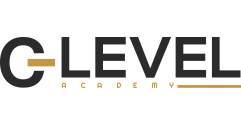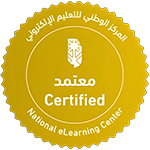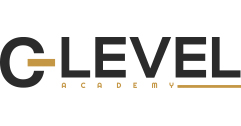Choosing the right journal is essential to ensure your research reaches the right audience and gains the recognition it deserves. Consider the following factors:
Scope and Audience: Select journals that publish research in your specific field or subfield. Review recent issues to assess if your topic aligns with their interests.
Journal Impact and Reputation: While impact factor is one metric, also consider the journal’s reputation, indexing status, and relevance to your research community.
Open Access vs. Subscription: Decide whether you want your article to be freely accessible (open access) or published in a subscription-based journal.
Publication Speed: Check the average time from submission to publication, especially if timely dissemination is crucial.
Submission Guidelines and Acceptance Rates: Review the journal’s author guidelines carefully. A journal with very low acceptance rates might require more rigorous revisions or may not suit early-stage researchers.





